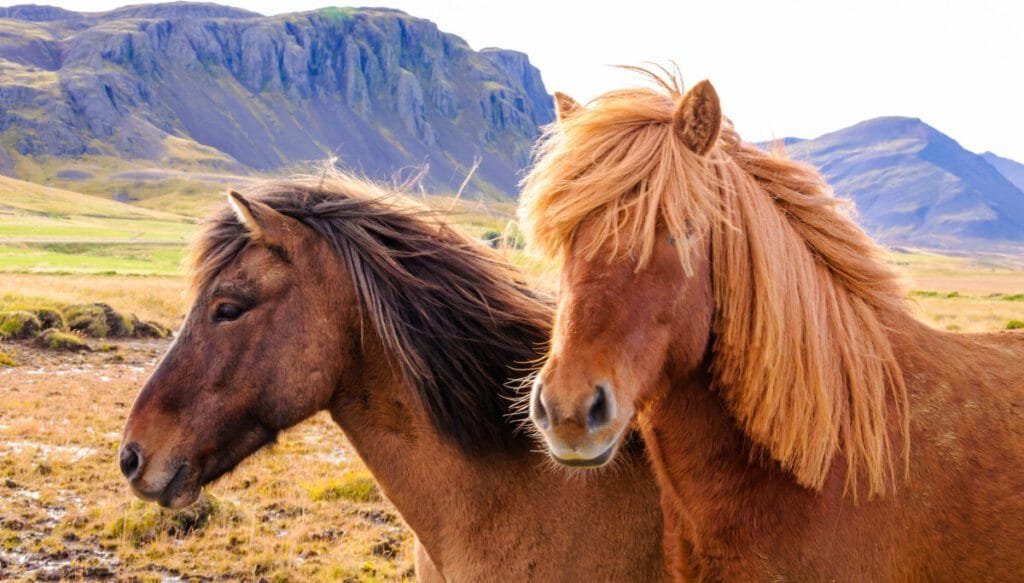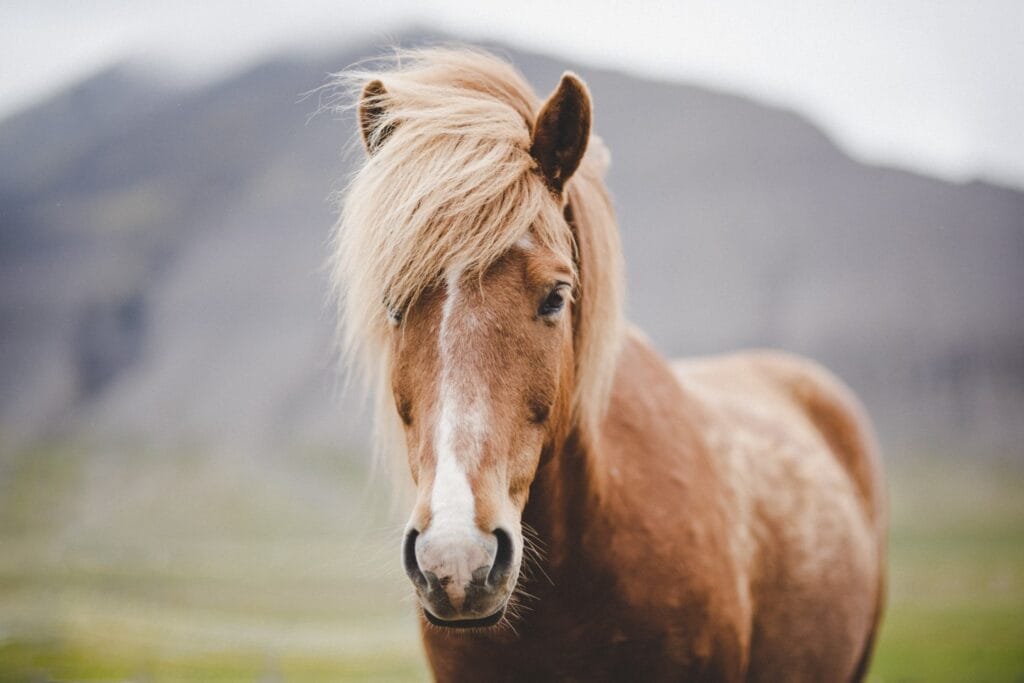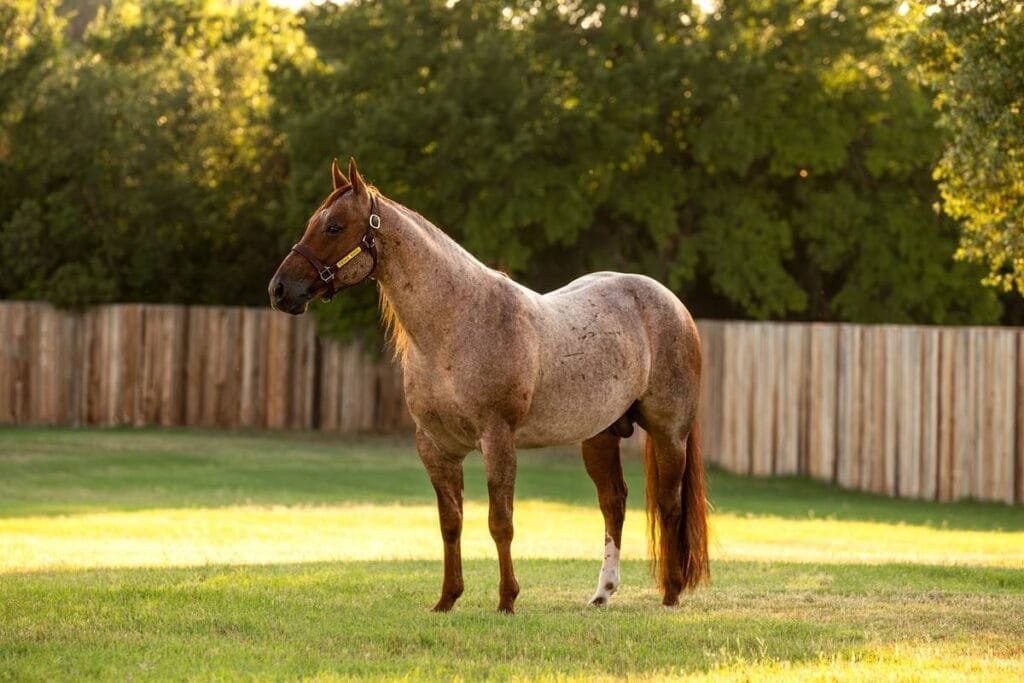Icelandic horses are a special breed known for their strength, gentle nature, and distinctive gaits.
The horses of Iceland are the original Viking horses and one of the purest horse breeds in the world. The breed has been isolated on the rugged island in the North-Atlantic since the settlement, or over 1000 years ago, without any genetic input from other breeds.
History
The Icelandic horse traces its lineage back over a millennium to the days of the Viking settlers who brought them to the island in the 9th and 10th centuries. Bred in isolation for more than a thousand years, the breed has evolved into a sturdy and sure-footed equine with distinct traits that set it apart from other horse breeds.
Feature details
| Feature | Description |
|---|---|
| Origin | Iceland |
| Height | Typically stands between 13 and 14 hands (52 to 56 inches, 132 to 142 cm) |
| Weight | Average weight ranges from 330 to 380 kilograms (730 to 840 pounds) |
| Coat Colors | Various colors including chestnut, bay, gray, black, dun, and palomino |
| Mane and Tail | Thick and luxurious, often with double layers (known as “mane” and “tófari”) |
| Build | Stocky and muscular, compact body |
| Gait | Known for the smooth “tölt” gait, also able to perform the flying pace |
| Temperament | Friendly, gentle, and easy to handle |
| Uses | Riding, trekking, and farm work; historically used for transportation |
| Unique Features | Sure-footed with excellent stamina and endurance; can handle harsh conditions |
| Popularity | Popular in Iceland and gaining recognition worldwide |

Interesting facts
- There is an Icelandic horse naming committee that only allows horses to be given certain names.
- There have been attempts to mix the Icelandic horse with other breeds in foreign countries, but the offspring is most commonly non-fertile.
- There are about 80,000 Icelandic horses in Iceland.
- In Iceland’s winter, Icelandic horses will grow a substantial amount of hair to deal with the harsher weather conditions. In summer, they shed their hair and look completely different.
- No other horse breeds are found in Iceland.
- If an Icelandic horse is brought abroad, it can never be returned to Iceland.
- The Icelandic horse is known for its outstanding ability to cross rough terrain.
- They are excellent swimmers and can read the depth of rivers well.
Cultural Significance
Beyond their practical utility, Icelandic horses hold a deep cultural significance in Icelandic society. They are celebrated in literature, art, and folklore, embodying the spirit of independence and resilience that characterizes Icelanders themselves. Historically, they were indispensable to Icelandic farmers for transportation, agriculture, and communication between remote communities.Today, the Icelandic horse remains a source of national pride and a testament to the country’s rich cultural heritage. Their popularity extends far beyond Iceland’s shores, with enthusiasts across Europe, North America, and beyond captivated by their charm and versatility.
how to behave with horse
When participating in an Iceland horseback riding tour, you’ll be given clear instructions on how to interact with your horse companion for the duration of the tour. However, Icelandic horses spend a lot of the year simply grazing the Icelandic countryside. So when you’re driving Iceland’s main roads, you might spot wild-looking horses on your travels
What makes it unique
Known for their easy-going attitude, the temperament of Icelandic horses has made them popular around the world. Typically friendly and curious, they can also be stubborn and relentless. Some say it has to do with the freedom they experience as youngsters, with vast open grass fields to run around in and little contact with anyone except other horses. Others say it’s their closeness to the Viking people. Whatever the reason may be, the Icelandic horse is a part of Iceland you can’t miss when visiting.




